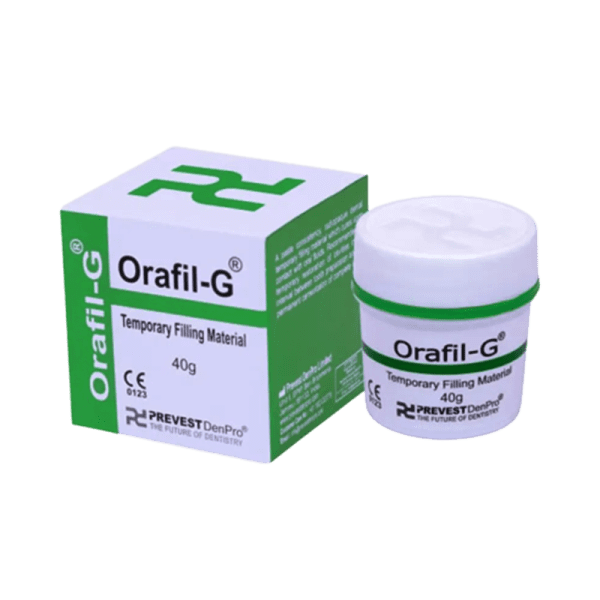FAQs
A temporary filling for tooth is a short-term solution used to protect a damaged tooth until a permanent filling is placed.
Temporary dental filling materials are used to create temporary fillings. These materials are easy to apply and remove, and they provide protection and support to the tooth.
Temporary crown material creates crowns that are placed on teeth for a few days till the time a permanent crown is being made. Temporary crown are durable so they can protect the tooth temporarily.
Temporary dental cement helps in temporary restorations like crowns, bridges, and fillings. It provides enough adhesion to hold the restoration in place but allows for easy removal when the permanent restoration is ready.
It helps in creating short-term crowns and bridges and is durable. Also, can withstand the forces of chewing and biting, providing temporary restoration of aesthetics and function.
Bis-acrylic temporary material is a type of resin used to create temporary dental restorations, such as crowns and bridges. It is known for its ease of use, strength, and aesthetic properties, making it a popular choice in temporary restorations.
Eugenol-free temporary cement is a type of dental cement that does not contain eugenol. It is used for securing temporary restorations without affecting subsequent permanent restorations.
The best temporary crown cement is one that provides adequate retention, ease of placement, and removal without damaging the tooth or the temporary restoration. Most doctors prefer eugenol-free cement for their compatibility with permanent restoration materials.
A temporary filling can last anywhere from a few weeks to a few months, depending on the material used and the location in the mouth.
The doctor should advise the patient to maintain good oral hygiene by brushing and flossing gently around the temporary restoration and avoiding sticky foods.






